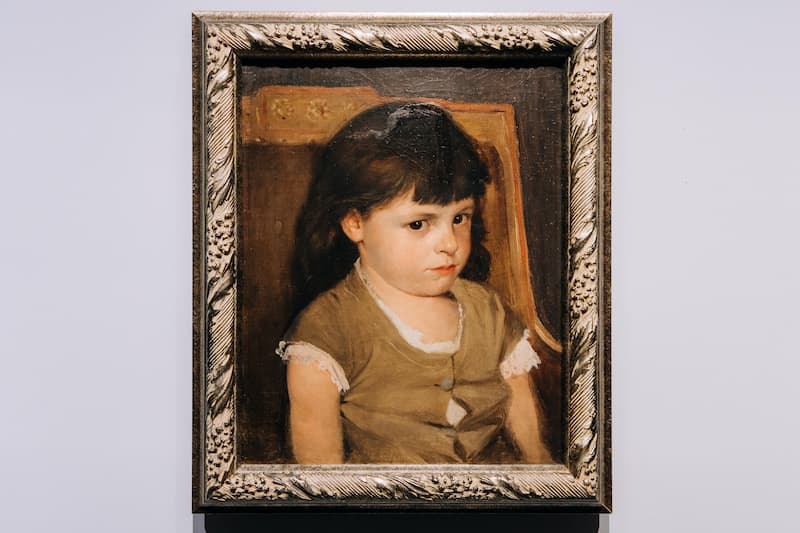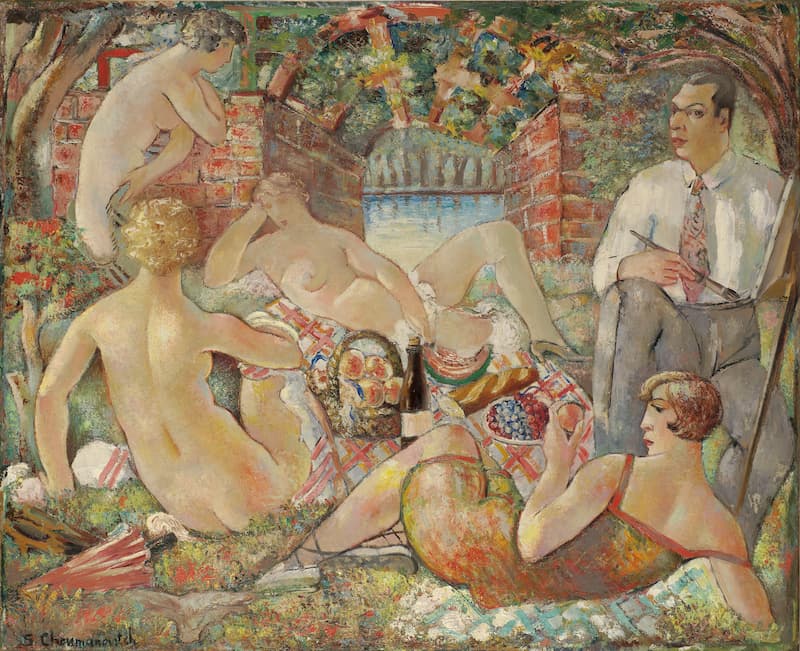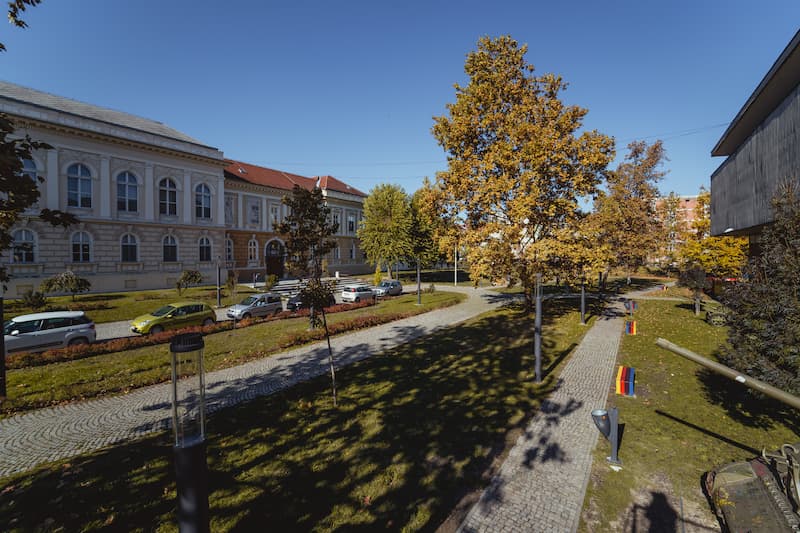The residents of Novi Sad are always on a cultural tour – if not at an exhibition, they are certainly at a good concert. If you wish to join the citizens of the European Capital of Culture on a tour of around museums, we will help you. We highlight the top five museum attractions in Novi Sad to start your tour, and you can continue the tour face to face with the masterpieces that our city keeps.
Mileva : We Are One Rock in the City Museum of Novi Sad
The exhibition not only spectacularly crowned the European Capital of Culture title year, but also showed that Novi Sad is ready for innovative approaches to organizing exhibitions.
The Mileva : We Are One Rock exhibition, inspired by the mind of Mileva Marić Einstein, shines in the 1200 m2 of the new space of the City Museum of Novi Sad. This is a symbolic continuation of the Milutin: Time and Universe exhibition by Dušan Jovović, PhD, which marked the opening of the European Capital of Culture title year.
If you visit it, you will have the opportunity to get to know the fate, character and work of the famous scientist through special technology: hologram, interactive installations, 3D animations and new media. You can visit it every day except Monday, from 9 a.m. to 5 p.m. The price of an individual ticket is RSD 400, while a family ticket costs RSD 1000.
Roman Helmets in the Museum of Vojvodina
Three Roman gilded helmets are unique artifacts of the Museum of Vojvodina. They were found not far from Novi Sad, in the villages of Berkasovo and Jarak in Srem. They were worn by high-ranking officers of the Roman army, but also by members of the cavalry. On one, it is written: Dizon, wear it in health – Work of Avitus, and thus we have knowledge of both the owner and the craftsman who made it. Helmets were the stars of the Where Migration Ends – From Roman Pannonia to Present Day Vojvodina exhibition, which during the European Capital of Culture title year pushed the boundaries of presenting such artifacts to the public.
The Sulking Girl by Uroš Predić
The audience is familiar with the name Uroš Predić very well, as well as his painting oeuvre. The Gallery of Matica Srpska is a true treasure of national art, so it is not surprising that you can find masterpieces by this author there. One of the most recognizable paintings is certainly The Sulking Girl, for which the author received the Gundel Prize as the best student of the Academy of Fine Arts in Vienna. It is part of the permanent exhibition of the museum, but it also had a visible place within the Uroš Predić for Everyone project, which adapted the works of the author to the blind, deaf, and people with physical and intellectual disabilities.

Luncheon on the Grass by Sava Šumanović at the Pavle Beljanski Memorial Collection
It is part of one of the best collections in the country. The Pavle Beljanski Memorial Collectionpreserves the Luncheon on the Grass painting by one of the most famous local artists. Sava Šumanović is one of several interpreters of the Luncheon on the Grass topic, including Monet, Manet and Picasso, but it was Šumanović who wove all the authenticity of the style into it. The painting is one of the few self-portraits of the author. It is part of the permanent exhibition, which is connected by the unique thread of colour harmony and artistic rhythm of the museum. During the European Capital of Culture title year, the museum connected with the Gallery of Matica Srpska and Sava Šumanović Art Gallery from Šid, as well as international partners, in order to create a unique exhibition that represents the timeless work of the author.

Museum of Unification
As part of the Museum of Vojvodina, there is also the Museum of Unification in 1918. Right here you can get information about a series of political and social events that led to the unification of Vojvodina. You can learn more about the wars in the Balkans, migrations, and the inhabitation of Vojvodina. This is an inevitable place if you wish to understand the socio-political conditions of the region.

Author: Petar Vučković
Photo: Vladimir Veličković







